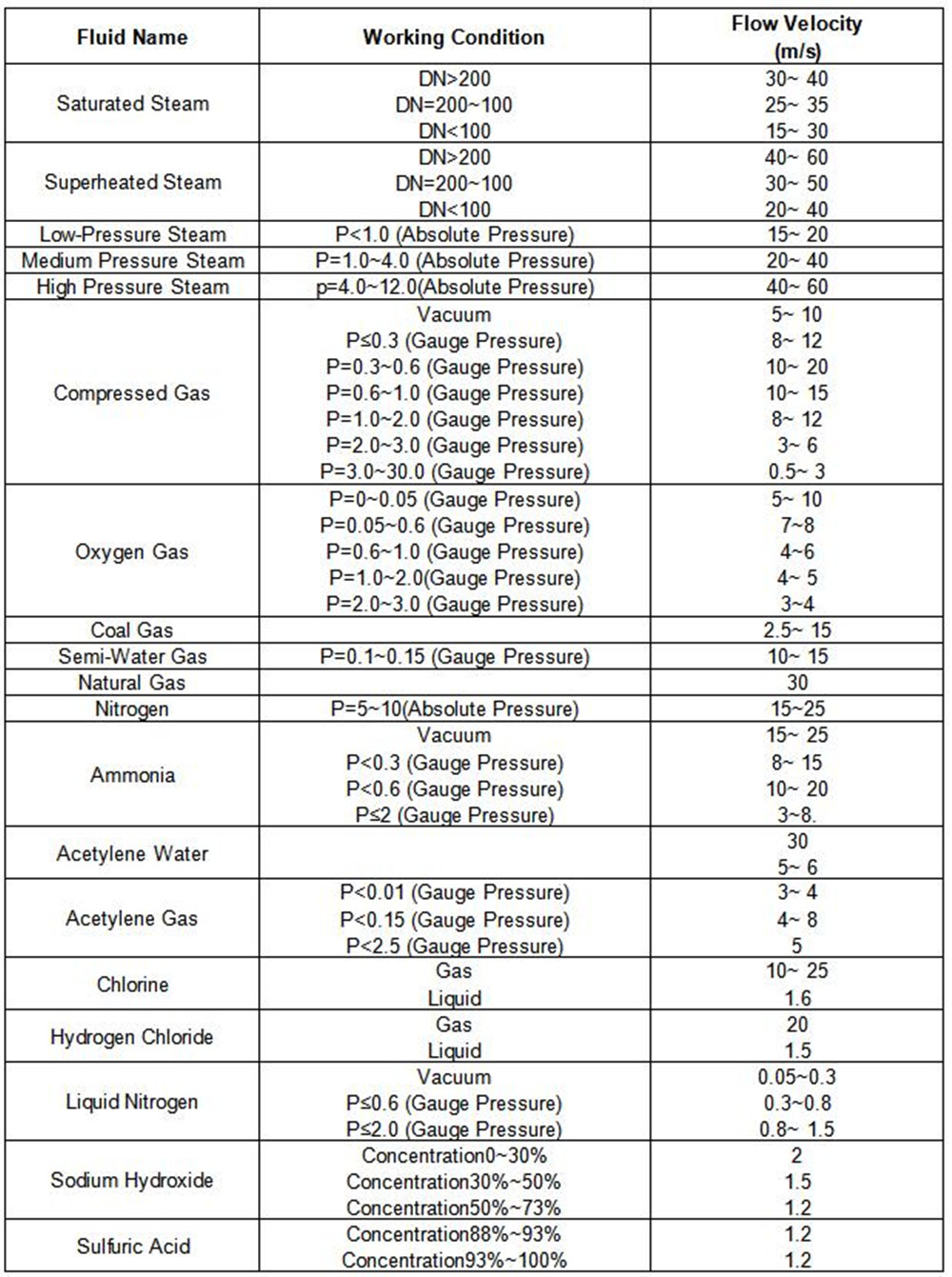The flow rate and flow velocity of the valve mainly depend on the diameter of the valve, and it is also related to the resistance of the valve structure to the medium. At the same time, it has a certain internal relationship with the pressure, temperature and concentration of the medium.
The flow area of the valve is directly related to the flow velocity and flow rate, the flow velocity and flow rate are two interdependent quantities. When the flow rate is constant, the flow rate is large, the flow channel area can be smaller ; the flow velocity is small, the flow channel area can be larger. On the contrary, the flow channel area is large, the flow rate is small ; the channel area is small and the flow velocity is large.
The flow rate of the medium is large, the valve diameter can be smaller, but the resistance loss is large, and the valve is easy to damage. The flow velocity is large, which will produce electrostatic effect on flammable and explosive media and cause danger. The flow rate is too small, inefficient and uneconomical. For high viscosity and explosive medium, a smaller flow rate should be taken. The flow rate of oil and liquid with high viscosity is 0.1 ~ 2m / s.
In general, the flow rate is known, and the flow velocity can be determined by experience. The nominal diameter of the valve can be calculated by flow rate and flow velocity.
The diameter of the valve is the same, the structure is different, and the fluid resistance is different. Under the same conditions, the greater the resistance coefficient of the valve, the more the flow velocity and flow rate of the fluid through the valve decrease ; the smaller the resistance coefficient of the valve, the less the flow velocity and flow rate of the fluid through the valve decrease.
List of common flow velocity of various media
Note :
● The unit of DN value is : mm
● The unit of P value is : MPa
● Gate valve resistance coefficient is small, only in the range of 0.1 ~ 1.5
● Large diameter gate valve, resistance coefficient is 0.2 ~ 0.5
● Shrinkage gate valve resistance coefficient is larger
● The resistance coefficient of the stop valve is much larger than that of the gate valve, generally between 4 and 7. The resistance coefficient of Y-type cut-off valve ( DC type ) is the smallest, between 1.5 and 2.
● Forged steel globe valve resistance coefficient is the largest, even as high as 8
● The resistance coefficient of the check valve depends on the structure : the swing check valve is usually about 0.8 ~ 2, and the resistance coefficient of the multi-leaf swing check valve is larger.
● Lift check valve resistance coefficient is the largest, up to 12
● Plug valve resistance coefficient is small, usually about 0.4 ~ 1.2
● Diaphragm valve resistance coefficient is generally around 2.3
● The resistance coefficient of butterfly valve is small, generally within 0.5.
● The resistance coefficient of the ball valve is the smallest, generally around 0.1.
The resistance coefficient of the above valve is the value in the fully open state of the valve.
Post time: Jun-06-2023

